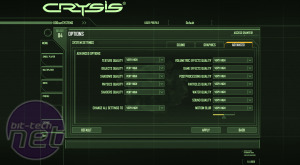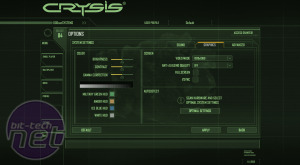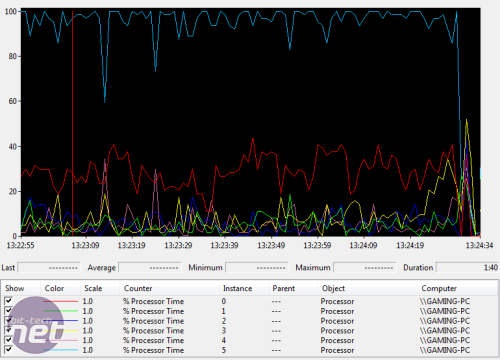Crysis
Publisher: Electronic ArtsIf there’s one game to prove whether a graphics card has enough performance to cope with any game you might throw at it, it’s Crysis. Even though the game released in November 2007, it still remains one of the most visually stunning games around, with volumetric fog, crisp textures and more eye-candy than an optician’s sweet shop.
We tested the game using the 64-bit executable under DirectX 10 mode with the 1.21 patch applied. We used an Assualt Harbour timedemo which is more representative of gameplay than the built-in benchmark that renders things much faster than you're going to experience in game.
We set all of the in-game details to Very High and DX10 with the game running in 64-bit mode. By testing in very high resolutions in conjunction to the Very High image quality settings, we'll be pushing even bleeding-edge DX11 hardware to the limit. We repeat each test three times, discarding anomalous results and averaging the consistent ones.
Unfortunately we were unable to get Crysis working stable with our GTX 470 - it would crash constantly in our testing at Very High settings.
CPU usage in-game
As you can see despite the fuss that Crysis required a multi-core CPU, evidently it only really requires two. As you can see from the first graph, the performance virtually plateaus after two cores (despite the couple of min-FPS bump at 3-core). The CPU graph shows that one core is maxed out entirely, with a second half used, and the rest not doing much along the bottom. Clearly, Crysis is not heavily threaded, but it is a three year old engine now.

MSI MPG Velox 100R Chassis Review
October 14 2021 | 15:04












Want to comment? Please log in.